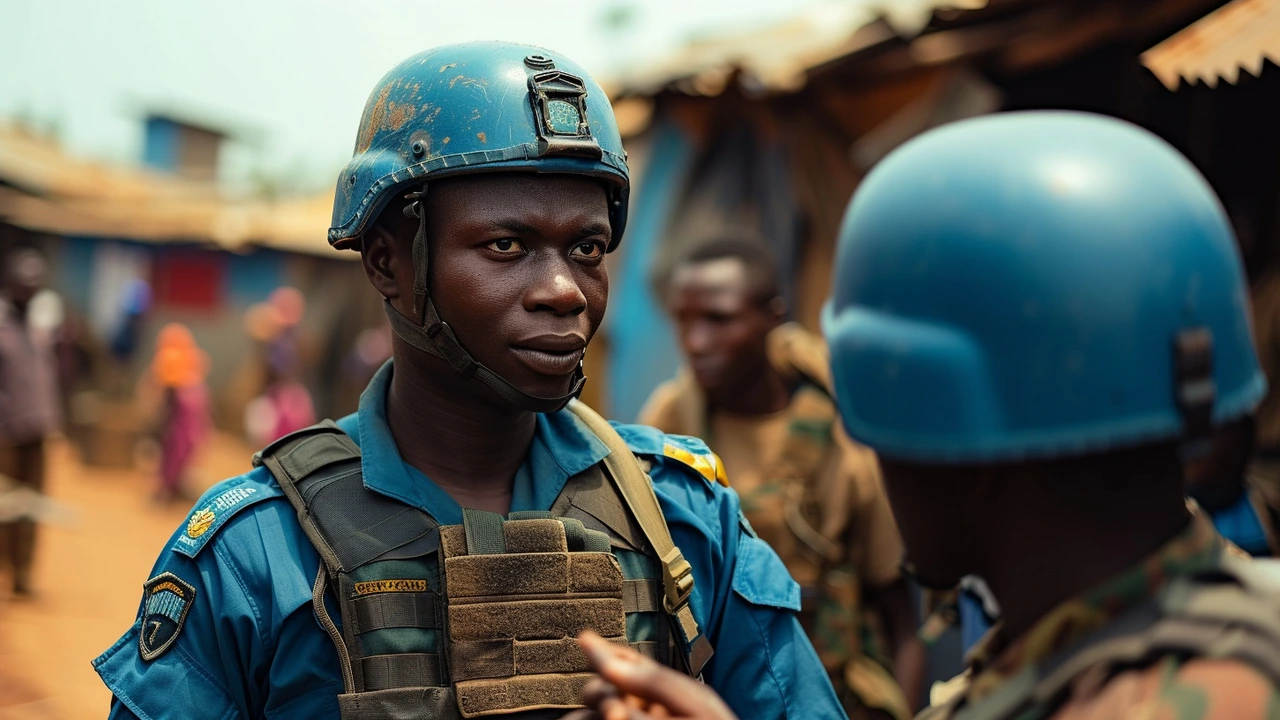What if peacekeepers looked, spoke, and thought more like the communities they protect? Diversity in peacekeeping isn't a nice-to-have. It's a direct way to build trust, spot local risks earlier, and protect vulnerable people better.
When teams include different genders, ages, ethnicities, languages, and professional skills, they read situations differently. A police officer who shares a language with local women will get information that a translator won’t. An engineer from the region knows which roads flood during rainy season. Those differences change outcomes on the ground.
Diverse teams improve access. Women peacekeepers often reach women and children who avoid male authority figures. Local hires open doors in neighborhoods where outsiders are viewed with suspicion. Mixed skill sets—doctors, mediators, logisticians—let missions act fast and reduce civilian harm. Diversity also sharpens decision-making; multiple perspectives reveal blind spots that uniform teams miss.
Recruit wider. Ask contributors to send candidates from nontraditional pools: female officers, civilian specialists, and younger professionals. Outreach should happen beyond capital cities—reach regional police academies and local NGOs.
Train for inclusion. Pre-deployment training must cover gender sensitivity, cultural awareness, and language basics. Teach teams how to set up safe spaces for women and how to work with local leaders without taking over. Short, practical language training improves daily patrols and interviews.
Create clear career paths. People join and stay when they see advancement. Offer mentorship, leadership courses, and pathways from policing or medical roles into mission leadership. Track promotions by gender and background so you can fix barriers you spot.
Embed local expertise. Hire local interpreters, mediators, and civil-affairs officers as permanent parts of the team, not temporary add-ons. Give them decision-making power and protection. That small shift changes how communities view the mission.
Set measurable targets and check them. Targets must be realistic and paired with resources: funding for recruitment, training slots, and family support where needed. Measure trust outcomes (surveys, reporting rates) alongside staff mix, so diversity links to real mission gains.
Face the hard parts. Political resistance, budget limits, and cultural norms slow change. Tackle these with pilot programs, partnerships with sending countries and civil society, and transparent reporting. Small wins—one female-led patrol unit, one community liaison program—create proof that scales.
If you work in policy, recruitment, or mission planning, try one concrete change this month: add language training for a frontline platoon or create a mentorship pair for a local staff member. Real change happens from small, practical moves that build trust and keep people safe.

Hey there everyone, I'm just really excited to talk about something that's super close to my heart – the varied faces of peacekeeping. Honestly, it's quite incredible how these brave individuals come from all corners of the globe, each with their own unique backgrounds, experiences, and perspectives, you know? They sort of band together, united by this common purpose to maintain peace and security. Reflecting on their stories, I've noticed it's not just about the military aspect; it involves civilians, police, and other specialists as well. Strangely enough, peacekeeping has a lot of layers to it, kind of like an onion, and together, they're making a difference in hotspots worldwide. It's like this tapestry of commitment, culture, and courage that really resonates with me, and I can't wait to share more with you guys in the post.
